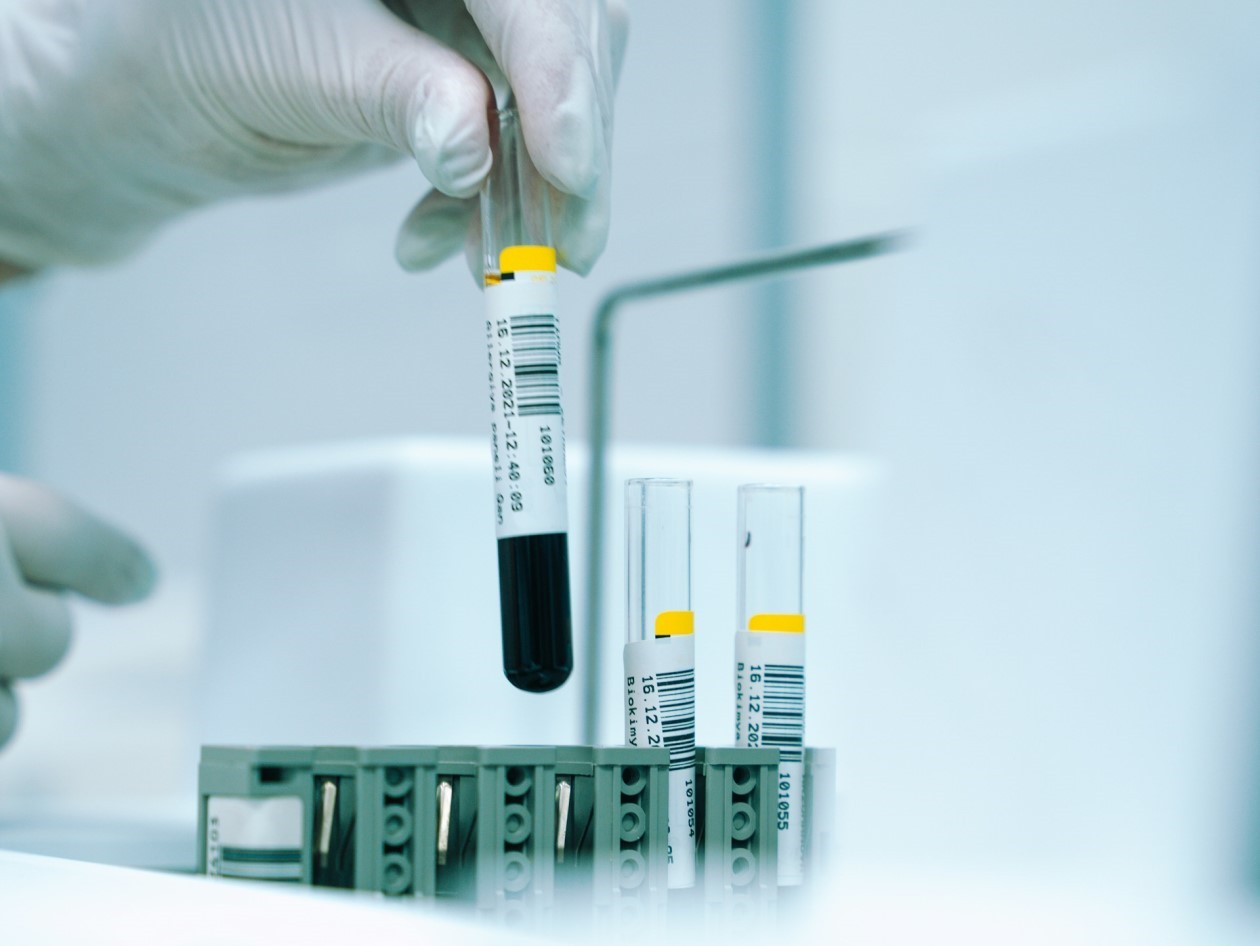Many of us experience poor mental health at some point during our lives, whether it’s mild or severe, brief or prolonged. We know something’s going on in the mind, but are there any biological differences in the body?
One way to explore this question is to measure molecules in the blood. The human bloodstream contains many proteins, and previous ‘case-control’ studies – which examine differences between healthy people and those diagnosed with a mental health condition – have found differences in the levels of specific molecules, suggesting that several biological processes go hand-in-hand with poor mental health.
One such process is inflammation, which is the immune system’s response to damage and infection, and which can get out of control when we are repeatedly stressed. While case-control studies are useful, they aren’t designed to look at the population as a whole, and so may lack people with milder symptoms, multiple diagnoses, or those from certain age groups, geographic regions and socioeconomic circumstances. Recent technological advances, though, have made it possible to look at a large and inclusive group of people, which might improve our understanding of mental health.
Our study
We used Understanding Society data to examine the levels of proteins in the blood, and whether they are linked to mental health symptoms, in over 5,000 participants aged 16 and over.
Understanding Society was designed to represent all ages, geographic regions and socioeconomic circumstances of people in the UK. Instead of defining people as healthy or unwell, mental health is measured by asking participants two sets of 12 questions. One set, the general health questionnaire (GHQ-12), asks questions about subjects such as ability to concentrate, loss of sleep, feeling under strain, and ability to enjoy day-to-day activities. The other, the Short Form Survey Mental Component Summary (SF12-MCS) asks – among other things – whether people feel downhearted and depressed, have a lot of energy, or feel calm and peaceful. The answers are added up to give two widely used measures of mental health: psychological distress and quality of life.
Waves 2 and 3 of the study collected biological data, including a blood sample, from several thousand participants, allowing researchers to examine biomarkers – objective measures of people’s health, such as cholesterol levels and blood pressure. In addition to such well-studied biomarkers, we were also able to measure 184 proteins with varying levels of research behind them. These proteins probably work together to carry out biological processes in the body.
To measure these underlying processes, we used a statistical technique called factor analysis which found 28 ‘factors’. Each one can be thought of as a biological process which is measured using a different ‘cocktail’ of the 184 proteins. We found that ten of the 28 factors were associated with mental health. To understand which ten biological processes were represented by the factors, we looked at each recipe and researched the three most important proteins.
Biological processes linked to mental health
Of the ten factors linked to mental health, two seem to represent aspects of inflammation, and a third seems to represent immune cells which fight viruses and cancer. Another represents a chemical pathway which gets ‘dialled up’ during inflammation and disrupts serotonin creation, while also producing neurotoxic chemicals which kill brain cells. A fifth factor represents a range of neuroprotective processes which preserve brain cells. Other factors seem to represent synapse biology, muscle biology, blood clotting, oxidative stress and neurodevelopment.
These ten biological processes have been linked to mental health before, often in severe mental health conditions. Our study is interesting because it suggests that these biological processes are also linked to mental health in the general population. In other words, the biological underpinnings of milder, more common manifestations of poor mental health may be shared with those of severe illness.
What does this mean?
More research is needed to understand what these associations mean. For example, we don’t know whether each biological process is a cause or a consequence of poor mental health, although existing research suggests that, for inflammation, it goes both ways.
If we can use research like this to get a greater understanding of the biological processes that underpin poor mental health, it might help us to establish biomarkers associated with it, and suitable treatment approaches. Also, any biomarkers which are definitively associated with poor mental health can be used in population studies to examine social and environmental factors which may contribute to the problem – and that could lead us to better prevention strategies.
Poor mental health is a public health crisis. Mental health conditions are estimated to contribute 14.6% of years lived with disability across the globe, although the true figure may be substantially larger – and in England, one in six adults is estimated to have a common mental disorder. Treating poor mental health remains difficult for several reasons, including ‘comorbidity’ (having more than one condition at a time), and the variety of symptoms involved.
We are still a long way from being able to use blood tests for the diagnosis, prognosis or treatment of poor mental health, but our study may be a step in the right direction.
Authors

Anna Dearman
Anna is a PhD student at the Institute for Social and Economic Research at the UNiversity of Essex, in the Soc-B Centre for Doctoral Training




